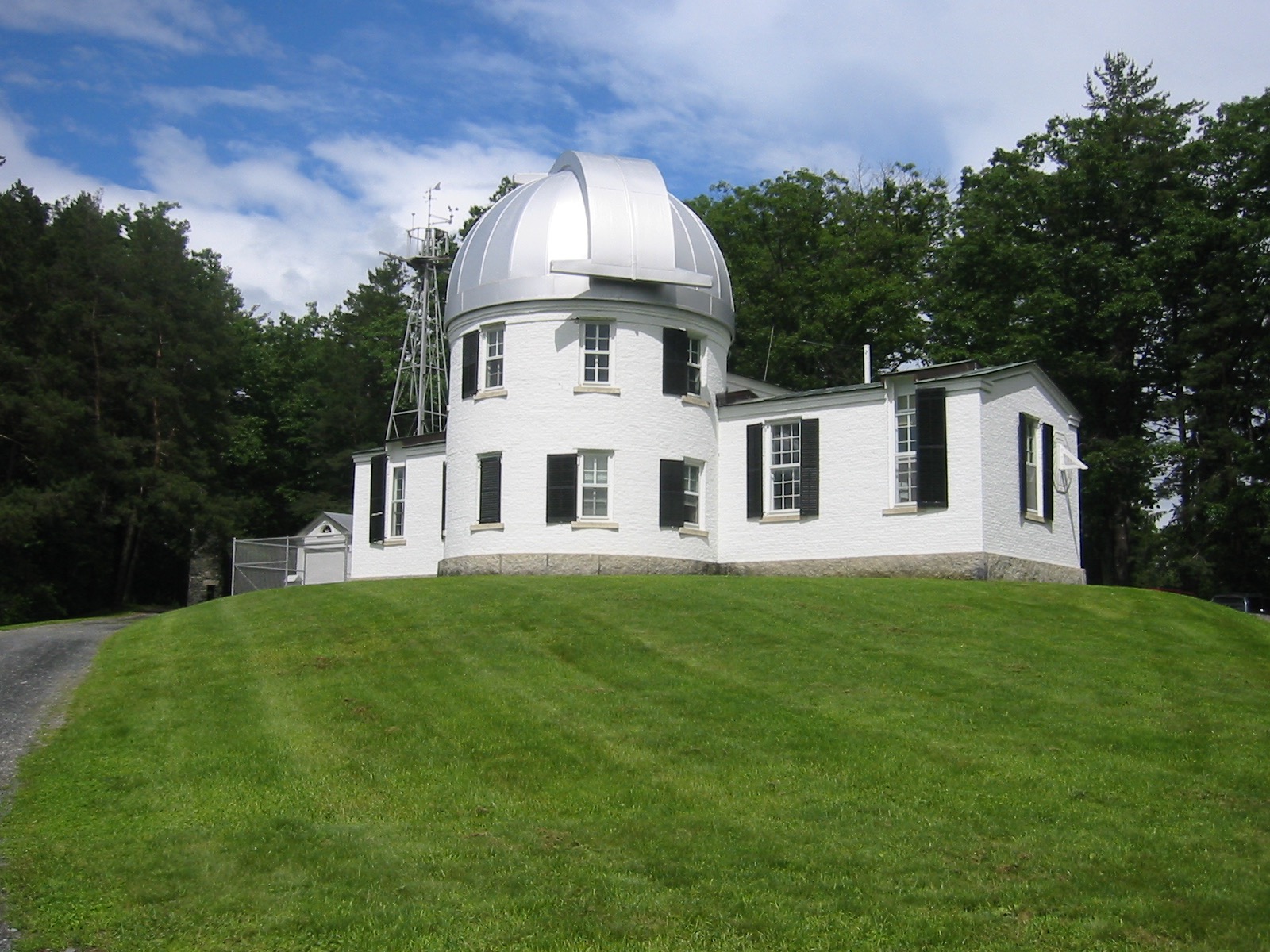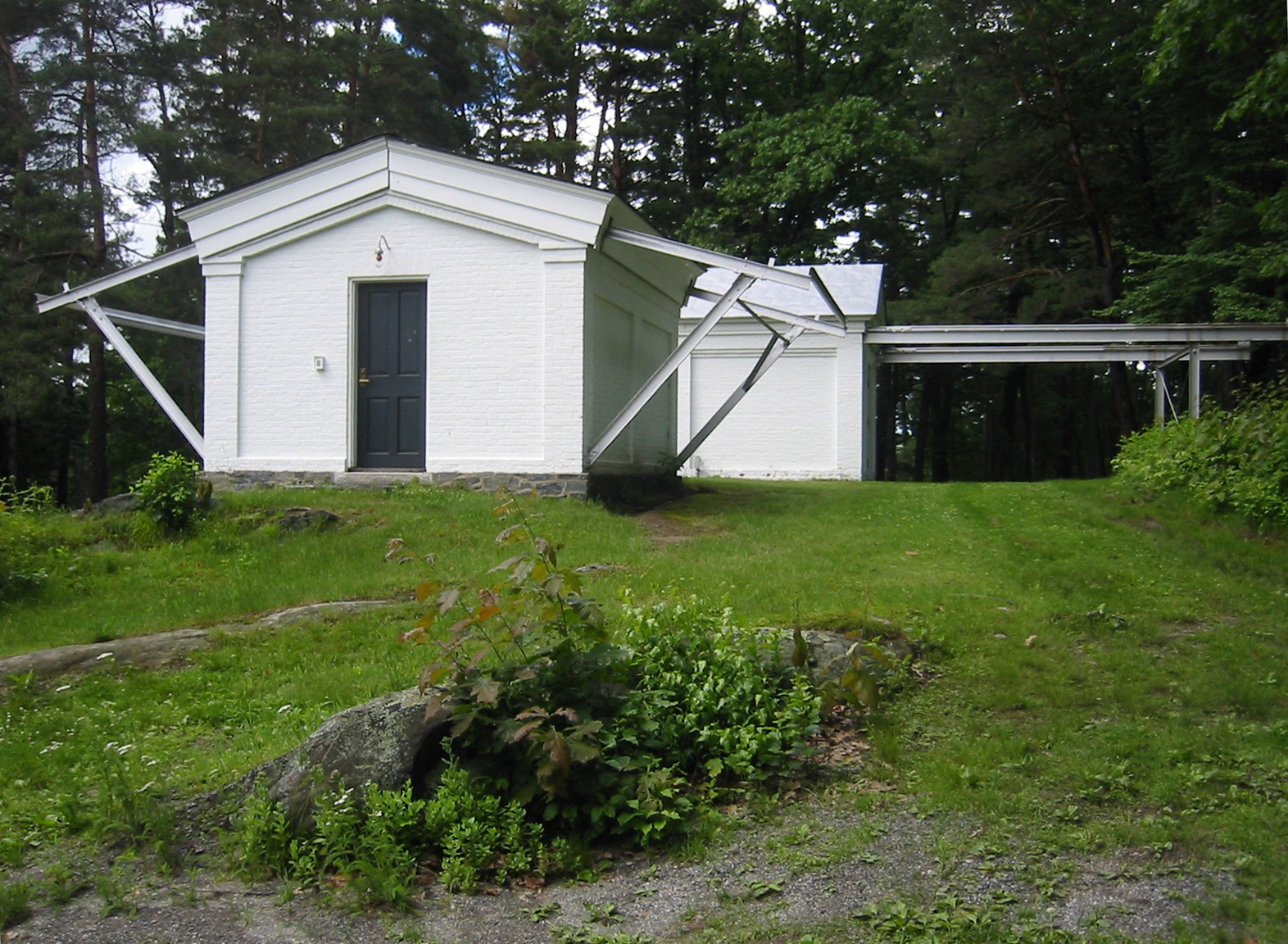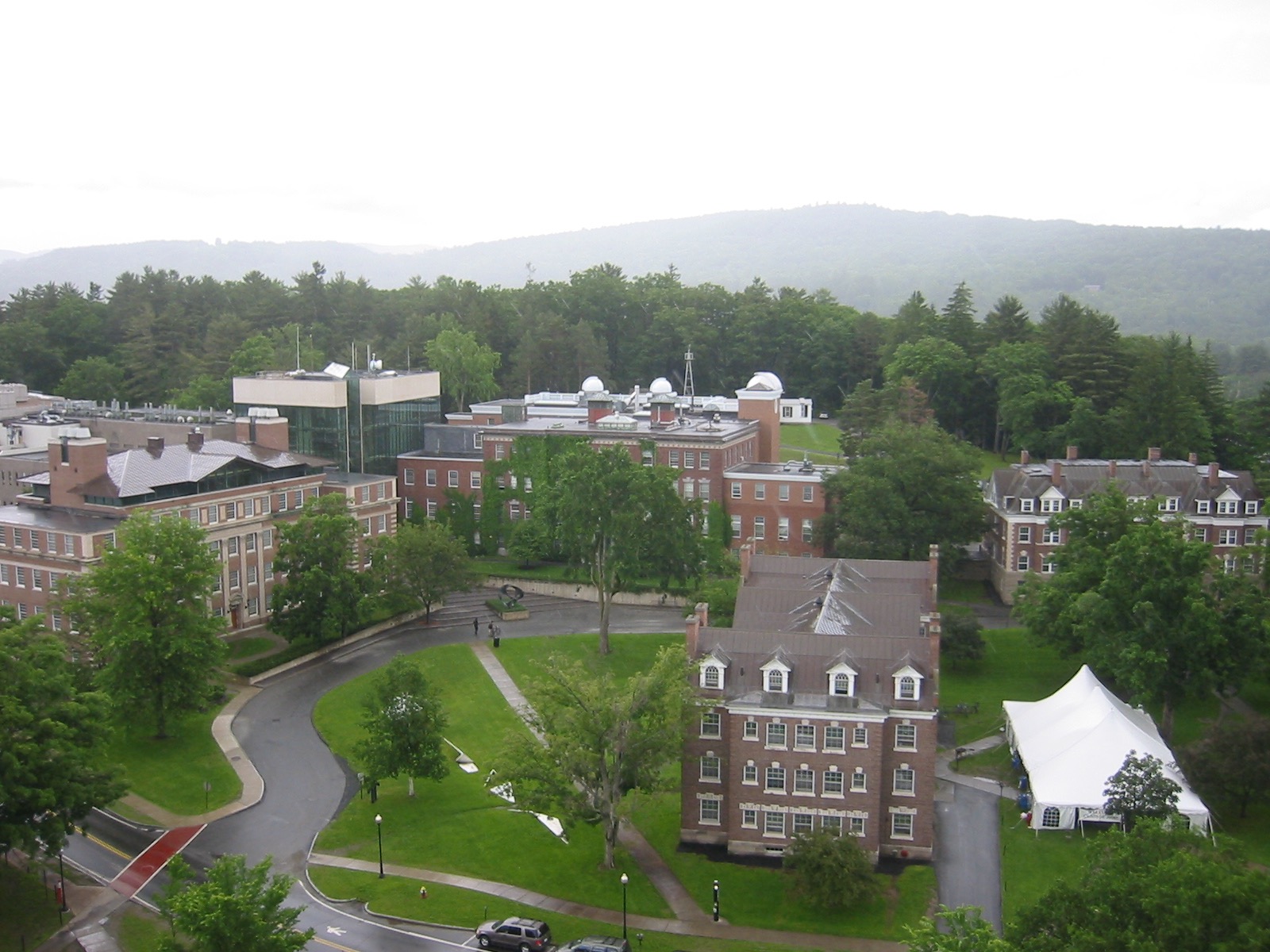-
Rob Wolfe, “Other College Initiatives Under Examination,” Valley News (3 December 2017):
Mills also said at the meeting that officials were looking into establishing a public-private partnership to build a new biomass power plant, “essentially funding (the plant) without using our capital.”
Dartmouth’s 119-year-old power plant in the center of town currently burns No. 6 fuel oil, which is incompatible with college plans to reduce greenhouse gas emissions by 50 percent by 2025, and 80 percent by 2050.
Officials have said that a new biomass plant would not fit in the footprint of the current fuel oil plant off East Wheelock Street, but where that facility would go — assuming it’s ever commissioned — is still up in the air. -
From the same article:
Public-private partnerships also may allow the school to build new graduate student housing, Mills said at the meeting. Graduate students living in college-owned apartments off North Park Street recently were displaced by an unusually large undergraduate first-year class, he noted, and this could help alleviate an existing space crunch.
-
Excellent photos and a thorough article on the new Ravine Lodge: Jim Collins, “Welcome to the Woods,” Dartmouth Alumni Magazine (January-February 2018).
-
A Valley News article on the College Park/Shattuck petition.
-
A college news release of November 5, 2017:
The board heard an update from KPMB Architects, designers of the Arthur L. Irving Institute for Energy and Society building. The College intends for the building to be a hub of collaboration for students and faculty as Dartmouth works to produce the next generation of human-centered energy experts. Board members approved funding $6.5 million to complete the design phase, with a specific focus on modifications to the building’s exterior. The funding comes from gifts and capital renewal reserves.
Other capital projects were discussed, including ongoing renovations to Dana Hall and the Hood Museum of Art, site investigation work for additional undergraduate student housing, and preliminary design proposals for an enhanced rowing training facility. -
New images of the Thayer School/Computer Science Building are out. These add detail to the images already released. It is hard to tell without a plan, but the Busytown sectional view seems to be looking west through a north-south slice?
-
The Valley News reports on a big new downtown addition to the rear of the Bridgman Building, designed by UK Architects.
-
A conceptual site plan of Kendal’s suburban 40-apartment expansion on the Rivercrest property.
Category Archives: Shattuck Observatory
A petition to save College Park and Shattuck Observatory
The Friends of College Park and Shattuck Observatory have a petition you can sign to register your opposition to the removal of the observatory and the construction of a dormitory complex in the park. There is a fascinating history of the observatory as well.
But signs are not good. Back in September, the project page listed an upcoming milestone:
November: Review conceptual design results with Board of Trustees. If results are favorable, request Trustee approval to proceed with next phase of Schematic Design.
The Trustees do not seem to have publicly announced their reaction. But the results are obviously favorable, since now the project page says:
March 2018: Review conceptual design results with Board of Trustees. Subsequent project steps are TBD.
This plan must be pretty fantastic if it can convince otherwise rational people that it is worth pursuing. But not apparently so great that it can withstand public scrutiny.
One wishes the planners would at least say why they cannot build four or five well-sited new dorms in established clusters. Allowing that 750 beds are needed, why do they have to be all together? Are the economies of scale so great (or the school’s finances so poor) that the college cannot afford to separate the buildings? Or is it that the only proper building sites are reserved for other buildings whose planning the college does not yet want to acknowledge?
The dorms in College Park could very well end up looking like Sasaki’s Wolf Ridge Apartments at N.C. State University in Raleigh, N.C.:
That’s some perfectly adequate flat-roofed university housing, built on a ridge.
College Park meetings and tours
The Dartmouth reports on a letter from the Department of Physics and Astronomy urging the preservation of Shattuck Observatory.
The fact that Dartmouth’s astronomers feel the need to ask the college not to destroy its own observatory is pretty remarkable. The college’s response, that there is “no definitive plan” regarding Shattuck, suggests that removal is on the table.
And it’s important to oppose not only the destruction but also the moving of the 163-year old building. Opposing demolition alone gives the college an out, allowing it to claim to have “saved” the observatory by moving it to some other site.
Jack F. Mourouzis reports on a Sasaki dorm outreach or focus group meeting (“The Death of College Park?“, The Dartmouth Review):
The image on the Campus Services website is identical to a slide in architects’ PowerPoint presentation, save for one detail that is not present on the website: the upper half of the diagram — the grey space of College Park not covered by the circle labeled “Study Area” — is encircled, and labeled “Build.” I asked for clarification, and the explanation was unclear. From my best understanding, the northern area — where Dragon now stands — would be the area where dormitories themselves would be developed, and the area along the ridge behind Wilder would be made into “study areas.”
The “study area” label is probably just a reference to the current Sasaki study, but it is good to hear that the construction will be proposed for College Street north of Burke. If it does not harm the “study area,” then this dorm idea is not quite as absurd as it first seemed. But it is still short-sighted. The land north of Burke should be reserved for the physical sciences, for extensions of the Wilder-Steele-Fairchild-Burke complex. Dragon, of course, was only built in this remote location to get it out of the way of the construction of Berry.
And the underlying craziness of trying to cluster all 750 beds together is still there. This project would be a lot less awful-sounding if it were broken into five chunks and scattered around campus at appropriate sites.
The Dartmouth also had an article about an outreach meeting and site tour.
The October 30 construction update for the College Park dorm concept plan states:
An informational session for College Park neighbors will be held at 4 pm on Wednesday, November 15, on the west side of the Observatory. The group will spend 30 minutes walking the study area at College Park, followed by an informational session at Wilder Hall, room 115. In the case of inclement weather, the walking tour will be cancelled and the informational session will be held at 4:45 pm in Wilder 115.
More on the threats to College Park and Shattuck Observatory
One hopes that the conceptual design for a housing complex in College Park does not live up to the darkest predictions. And yet one must assume that the plan will not be released until it has been blessed by the Trustees.
The key justification seems to be that College Park is the only site left on campus that can fit 750 beds. Well, the Green is the only site left on campus that can fit 1,000 beds — what difference does that make? The idea that all of the needed beds must go into a single complex — far larger than any complex ever built at the college — seems entirely arbitrary, a wholly-self imposed restriction.
-
Dartmouth News reported on September 17:
Board members also received updates on a number of construction projects that are in the planning stages or under consideration, including the demolition of Gilman Hall, early designs for the Arthur L. Irving Institute building, the renovation of Murdough Hall, and the potential construction of new residence halls.
-
The College Park construction update for September 25 states:
An engineering firm will begin the College Park land survey on September 25. This work will continue through late-October.
Noise monitoring devices will be set up on October 2 in and around College Park, including 3 locations along North Park Street. The equipment will be removed in mid-October.Is the noise monitoring meant to establish a baseline level for comparison to later construction noise, especially the noise of blasting?
-
The Dartmouth News story on the concept plan states that “Land surveying and site analysis of the west end of the park will be done over the next six weeks by Sasaki Architects[.]” During the second half of the nineteenth century, classes in surveying were a part of the undergraduate engineering curriculum, and a survey of College Park was a typical and probably mandatory subject of a class project each year. Student surveying teams would pose for group photos in the Bema. This is probably the most-mapped plot of land in Hanover. (And recently, students in Art History 34 plotted out a half-scale footprint of a gothic church in the Bema.)
-
Marlene Heck has a letter opposing the project in the Valley News.
-
The Dartmouth has an article and an editorial about the project.
-
Here’s what the Town’s 2003 master plan said about College Park:
Having shown great leadership in conserving the Mink Brook Nature Preserve, Dartmouth College should continue, where possible with the Town and others, to play a constructive role in the stewardship of special open areas. The College should preserve its special places such as the Green, the Bema, College Park, and Occom Pond.
-
For some reason Wikipedia has been attributing the design of Shattuck Observatory to nineteenth-century Boston architect Gridley J.F. Bryant, at least in the article about Bryant. That article also credited Bryant with the design of Dartmouth Hall, a misattribution that crept into the main Wikipedia article about Dartmouth as well as an article in the Keene Sentinel.
Reading between the lines on Shattuck’s fate
The September 19 letter from John Scherding to North Park Street neighbors1 The letter is posted with the Valley News story. Dartmouth is treading lightly now that the Town has succeeded in stopping the Indoor Practice Facility. states that “if we decide to move forward, the Bema, Bartlett Tower, and the special character of the park would be preserved.” The same phrase appears in the FAQ. What’s missing? Shattuck Observatory.
In an interview with the Valley News, Rick Mills said “When you triage the things up there, the things that rise to the absolute top are Bema and the Bartlett Tower.” There is no mention of the historic observatory, designed by Ammi Burnham Young and built in 1854.
In the September 20 Dartmouth News story by Susan Boutwell, the Bema and Bartlett Tower are described in some detail, but Shattuck Observatory is not mentioned at all. The College Park project page has no mention of existing architectural resources — only “the distinct topography, ecology, and landscape” of the site. The map is described as showing “our residential neighbors and the natural spaces to be preserved.” Of course the map also shows Shattuck Observatory, but perhaps it is not to be preserved.
One needn’t belong to the frozen-in-amber school to sense that Shattuck really should remain where it is. What if its telescopes are removed and it is surrounded by new dormitories? Fine — make Shattuck into the Professor’s House of this new House Community. Turn it into a secret society hall; put a couple of offices in there for grad students; but do not remove it.2 Green Templeton College at Oxford (Wikipedia), founded in the late 20th century, occupies a piece of land that includes an old observatory, the Radcliffe Observatory. The observatory is used as the college common room and serves as the architectural symbol of the college.


——————–
| ↑1 | The letter is posted with the Valley News story. Dartmouth is treading lightly now that the Town has succeeded in stopping the Indoor Practice Facility. |
|---|---|
| ↑2 | Green Templeton College at Oxford (Wikipedia), founded in the late 20th century, occupies a piece of land that includes an old observatory, the Radcliffe Observatory. The observatory is used as the college common room and serves as the architectural symbol of the college. |
Building a dormitory wall in College Park
The college has hired Sasaki Associates1 If this complex is built, the college should get another firm to handle the design. Sasaki’s Modernist college residential buildings look nice enough (see Regis College and the N.C. State project page and aerial) but they do not belong on this site. to come up with a conceptual design for a massive dormitory complex to be shoehorned between the Wilder Lab and Shattuck Observatory, on the edge of College Park (College Park Conceptual Design page, Dartmouth News article, Valley News article ).
The design brief calls for a capacity of 750 beds. That is more than twice the size of the East Wheelock Cluster (now East Wheelock House), including the later McCulloch Hall:
| Andres Hall | 84 beds | |
| McCulloch Hall | 78 beds | |
| Morton Hall | 84 beds | |
| Zimmerman Hall | 86 beds2 East Wheelock House site. | |
| Total | 336 beds |
One of the goals of the conceptual design process is to “respect the ridge.” Keeping the buildings low, especially at the upper end of the site, will require the college to use all of the buildable land within the entire study area. This complex is likely to be a Byker Wall (Wikipedia, Google aerial).
(To truly respect the ridge, of course, the college would have to stack all of this dormitory space into a tower sited behind Richardson Hall. That idea was raised and dropped in the 1960s.3 As strange as a dormitory tower sounds in small-town New England, it was not too much for Bowdoin College (Google Street View).)

College Park has been encroached upon for decades and is significantly smaller now than when it was created. The park could be a necessary building site some day, but the college is certainly not there yet. (And construction costs will be higher than average here because of the limits on access, the necessity of protecting trees and historic buildings, and the fact that the whole site is made up of ledges of bedrock: there will be a lot of dynamite required.)
This site was chosen because it is the only one that can hold all of the 750 beds the college believes to be necessary. The college could stand to think more creatively — there are plenty of sites around campus where new beds could be built. There is space for hundreds of beds behind Mass Row and in front of Davis Varsity House, both sites that have been reserved for residential use for years. There is a site behind Fahey/McLane. Closer to College Park, Andres could be extended to the west. Ripley and Smith could be extended to the west and east. Richardson Hall could stand to have a rear ell added, incorporating an arched gateway to the park.
While a small building or addition at the bottom end of the College Park site would be a fine idea, a double-East Wheelock Cluster simply is not appropriate here. One would love to see the campus-wide master planning4 Recently, Beyer Blinder Belle completed a master plan for the campus and were brought back to create a framework plan for the west end of Tuck Mall. Sasaki Associates were hired to plan out the House Communities system and were brought back to design two temporary social buildings as part of that system. Some unreleased plan presumably shows College Park as the last big unused site on campus. Could it be that the planners are now rejecting the Mass Row and Davis Varsity sites because those sites are already reserved for the various permanent, on-campus professors’ dwellings and social halls that the House Communities will need to be fully realized? That plan would be an interesting one to see. that led to the conclusion that a great wall of buildings on a cramped site of such sensitivity and meaning was the best move to make.
———————
| ↑1 | If this complex is built, the college should get another firm to handle the design. Sasaki’s Modernist college residential buildings look nice enough (see Regis College and the N.C. State project page and aerial) but they do not belong on this site. |
|---|---|
| ↑2 | East Wheelock House site. |
| ↑3 | As strange as a dormitory tower sounds in small-town New England, it was not too much for Bowdoin College (Google Street View). |
| ↑4 | Recently, Beyer Blinder Belle completed a master plan for the campus and were brought back to create a framework plan for the west end of Tuck Mall. Sasaki Associates were hired to plan out the House Communities system and were brought back to design two temporary social buildings as part of that system. Some unreleased plan presumably shows College Park as the last big unused site on campus. Could it be that the planners are now rejecting the Mass Row and Davis Varsity sites because those sites are already reserved for the various permanent, on-campus professors’ dwellings and social halls that the House Communities will need to be fully realized? That plan would be an interesting one to see. |